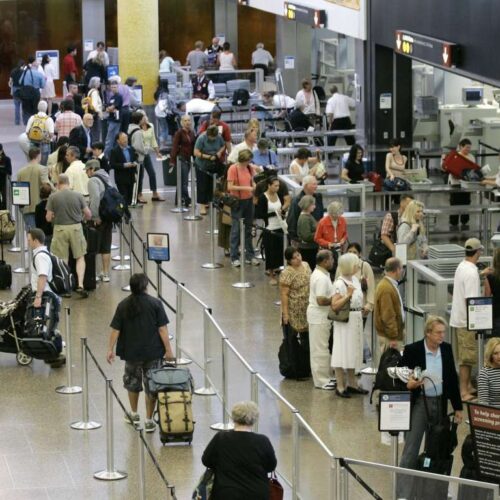Introduction
More than 10 percent of the TSA’s identification badges have errors that could compromise airport security, a new audit has found.
Omissions and inaccuracies ranging from birthdates and birthplaces to incorrect assessments of security threats abound in identification badges assigned to the approximately 900,000 people who have unescorted access to secure areas of airports, according to a report from the Department of Homeland Security inspector general.
“The safety of airport workers, passengers, and aircraft is at risk due to the vulnerabilities in the airport operator badging process,” the report said.
Each year, the Transportation Security Authority oversees the vetting of approximately 550,000 badge applications. Despite the high volume, the agency does not have its vetting process down to a science. There are no quality controls in place to ensure that vetting is thorough and done correctly, and no way to ensure that the airport employees who do the vetting receive the training and tools they need, the IG report said. There is also no way for inspectors to verify data as they conduct their reviews.
The mistakes that result are almost unbelievable, if not dangerous.
“Individuals who pose a threat may obtain airport badges and gain access to secured airport areas,” the inspector general’s report said.
Two examples:
- In one instance, an applicant had three active badges at three different airports and three different countries of birth—the United States, the United Kingdom and Ukraine—listed on his various applications. Although he is a U.S. citizen, all of his applications contained copies of his passport, which states the U.K. as his place of birth.
- In 2007, customs officials conducted a search at one major airport and arrested 23 workers with unauthorized airport access. The search also turned up more than 100 temporary employees who possessed fraudulently obtained airport security badges.
While the TSA is responsible for overseeing the process, airports are currently responsible for issuing badges only to qualified applicants and for managing all badges.
To compensate for TSA’s lack of formalized quality controls and training programs, some airports have established their own best practices and procedures for quality control. However, only one of the 12 airports included in the report had a formalized training program for employees who helped issue badges.
As a result, the report found, employees did not realize the impact of accidentally transposing numbers such as birthdates, and some employees did not use scanners to help identify fraudulent documents because they were “confident in their ability to identify fraudulent documentation.”
Even TSA’s safeguard, its inspectors, cannot guarantee that vetting information is complete or accurate. Inspections are limited, and there is no number or percentage of applications that must be reviewed, and inspectors are not required to compare or cross-reference records.
While aware of its faults, TSA does not always take active steps to change them. While the agency recognizes the need for recurrent background checks, it has not yet required them.
Read more in National Security
National Security
Congressional reform and interoperability still plagued by systematic problems
Bipartisan Policy Center report says some post-9/11 recommendations haven’t been implemented


Join the conversation
Show Comments